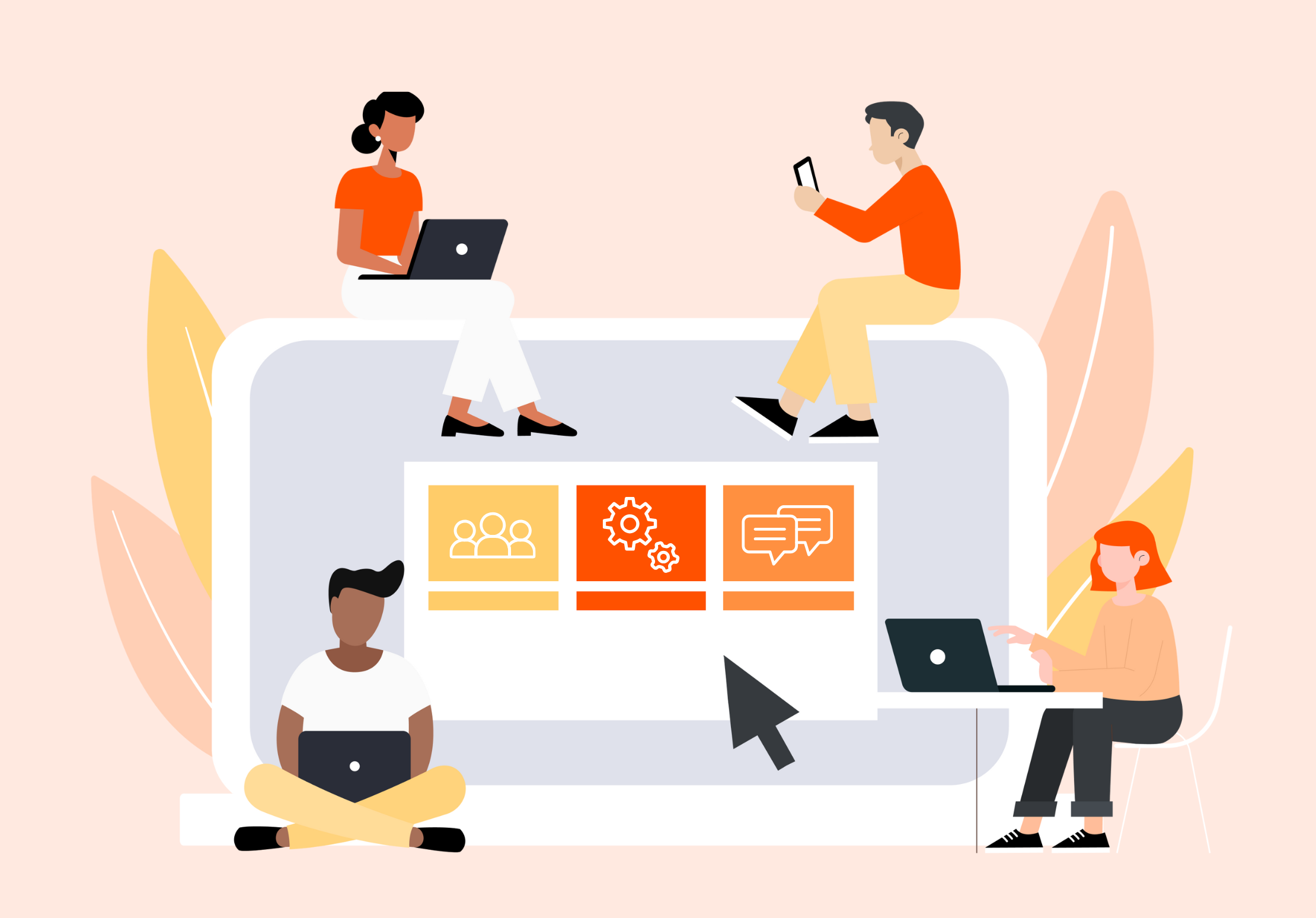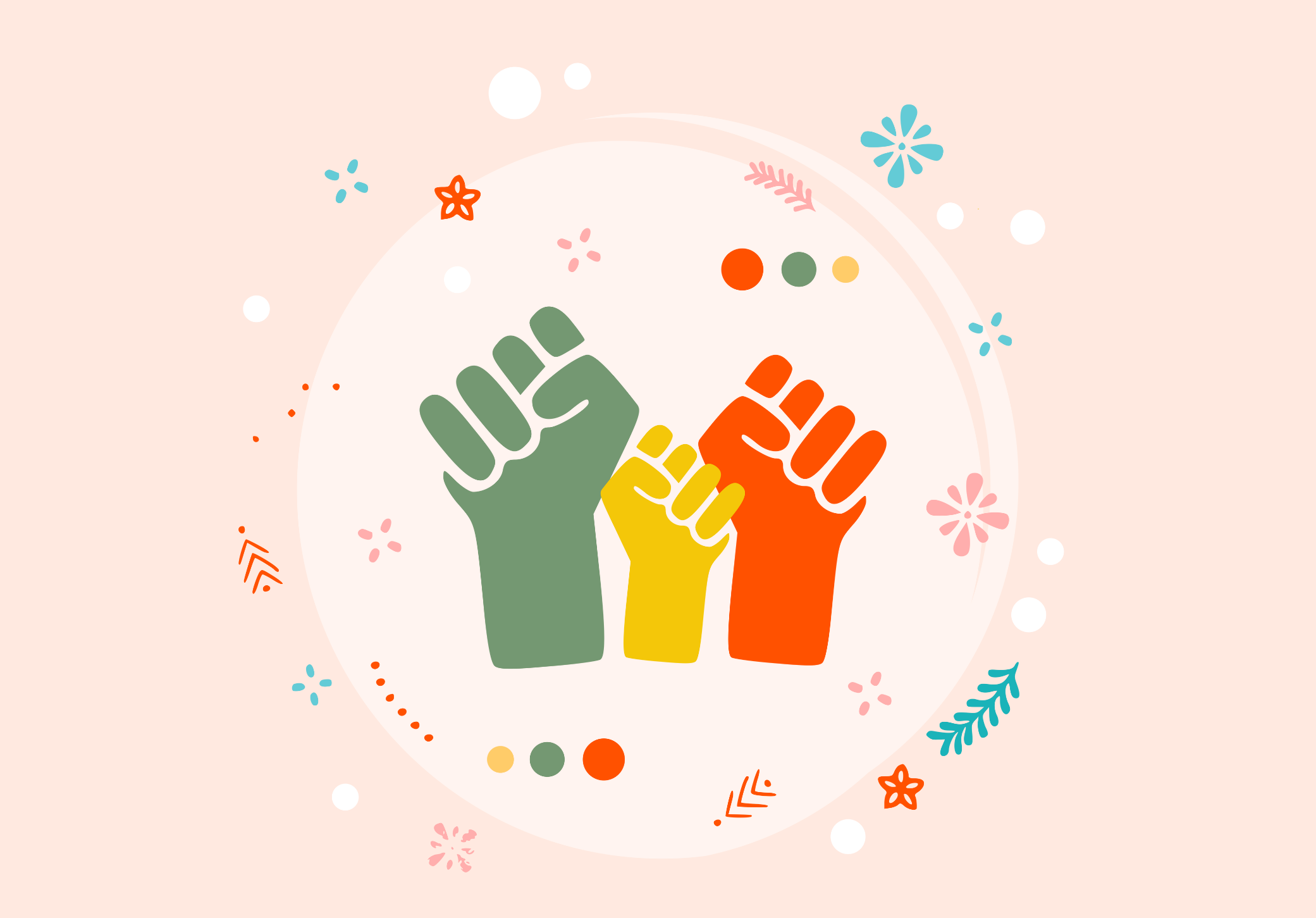14 February 2025
3 Black History Changemakers Who Inspire Learning Designers
As our tribute to Black History Month, we put the spotlight on 3 influential change makers and see what wisdom we can apply to make our eLearning more relevant to our culturally diverse audiences
Diversity is more subtle than you think and as training developers we are also contributing to the collective dialogue of inclusion and representation. We use storytelling, interactivity and pedagogy to engage and guide participants toward new ways of doing things or new ways of seeing the world. In fact, learning is a central element in all our lives. We collectively grow and change constantly through multiple channels: media, family, work, friends, and more. But are we tuning into a full spectrum of voices, or are we stuck on the same channel? The words diversity, inclusion and representation are words we hear, we embrace, but do we see how our own contribution matters? Perhaps we do, or perhaps it bears reminding, so for this Black History Month, we would like to highlight 3 champions of diversity and draw on their wisdom to help our eLearning promote a sense of belonging.
1. Storytelling: Spot the western narrative with Latoya Belfon
Being culturally diverse can be a very subtle challenge. Often an afterthought, or an “area of improvement” we always aim to be more inclusive… for the next project. Where exactly are we dropping the ball? Perhaps Latoya Belfon, anti-biased literature and education advocate, may have some insight to draw on. Named on the Top 100 Black Women to Watch in Canada in 2023, she reminds us to never underestimate the power of a story. But the western narrative can sometimes be very narrow. For instance, in many of our stories, we tell of the hero’s journey. The young, often male, individual who problem solves, draws lessons and emerges transformed. This is a distinctly western perspective. If you use scenario or case study-based learning, consider making the protagonist a group of individuals or a series of collective contributions to problem solving. This not only opens the possibility of representing many cultures and age groups, it shifts away from a narrower, individualistic triumph narrative.
2. Characters: Understand P.O.V with Regine Laurent
In most training, we use characters to help connect with the audience. And through these characters we infuse our projects with values. We probably don’t even know how we do it, but these characters can tacitly embody stereotypical archetypes. Regine Laurent, a Quebec youth advocate, sees firsthand how strongly our values influence our decisions and judgements. Through her work in youth protection, she notes that Black children are overrepresented, making up 30%of the cases. She says that this is largely due to the fact that immigrant family are misunderstood and misjudged. This causes confusion for those who see things differently. What lessons can we draw from Laurent’s observations? Perhaps when designing content, we should be more aware of our cultural lenses and avoid assuming a universal worldview. For example, having a black woman in a leadership role is a positive step, but rather than embodying a cultural cliché persona of the “strong and decisive” leader, she could reflect a more multi-dimensional personality that showcases a larger range of human experiences.
3. Representation: just ask what you are doing, says Malik Shaheed
One of the quick go-tos’ in building inclusive content is representation of culturally diverse people. So, are you doing it? Malik Shaheed, television host, pillar of hip hop and school commissioner, simply asks the question: “what are you doing to help black youth”. Growing up in Little Burgundy, he experienced first-hand the tight knit community support that helped him face the multiple challenges of reaching his goals. Today he advocates for black youth in schools. His unguarded tone changes the tippy toe vibe that is sometimes felt around diversity. Following his example, just ask yourself: are visible minorities well represented in our training? Do we have narrators with different accents? Do they occupy different job echelons and areas? Representation not only reaches broader audiences but also reflects of a larger world view.
Black History Month is a great reminder that as educators and designers it is our job to reach all our learners. It is also a reminder that creating meaningful content is a subtle art often unconsciously shaped by biases in our worldviews and values. Let the energy and insights of the Black History change makers ignite the small role we play in this broader dialogue of equity and inclusion.



